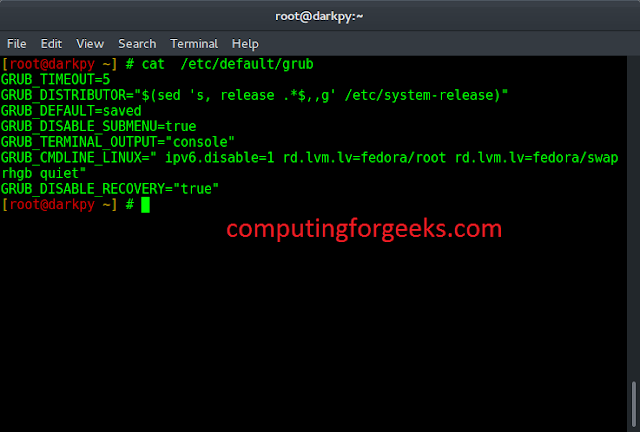Linear equations using one variable of the form a + bx = c + dx can be solved in Python using eval() function. The input type will be a linear equation in the form of a string.
Syntax:
eval(expression, globals=None, locals=None)
Here, we will transform the equation into an expression of real and imaginary numbers such that eval can easily process it.
For example, 5x + 4 = 2x + 10 becomes 5j + 4 – (2j + 10) by shifting all the terms on the right side to the left. We are transforming this equation into a complex equation because eval() is unable to otherwise process the equations. Transforming it into a complex number helps in faster evaluation.
Step 1: We will use the replace() in python to replace “=” with “-(” and replace “x” with “j”.
Step 2: The string is then added with “+)” to complete the expression.
Step 3: Then { “j” : 1j} is done to change the equation into a format that can be easily evaluated by the eval() function. In this step all the constant terms are evaluated and the x terms or the imaginary terms as well.
Step 4: Then the evaluated expression is simply broken down into the real and imaginary parts. If the imaginary part exists or the x is true and not zero the answer is printed else if the imaginary part is 0 and the real part is true there is no solution or else there are infinite solutions. Here,
x = 2.000000
is the final solution.
Example 1:
Python3
def solve(equation): # replacing all the x terms with j # the imaginary part s1 = equation.replace('x', 'j') # shifting the equal sign to start # an opening bracket s2 = s1.replace('=', '-(') # adding the closing bracket to form # a complete expression s = s2+')' # mapping the literal j to the complex j z = eval(s, {'j': 1j}) real, imag = z.real, -z.imag # if the imaginary part is true return the # answer if imag: return "x = %f" % (real/imag) else: if real: return "No solution" else: return "Infinite solutions" equation = "2+3x=5x-7"print(solve(equation)) |
x = 4.500000
Example 2:
Python3
def solve(equation): # replacing all the x terms with j # the imaginary part s1 = equation.replace('x', 'j') # shifting the equal sign to start # an opening bracket s2 = s1.replace('=', '-(') # adding the closing bracket to form # a complete expression s = s2+')' # mapping the literal j to the complex j z = eval(s, {'j': 1j}) real, imag = z.real, -z.imag # if the imaginary part is true return the # answer if imag: return "x = %f" % (real/imag) else: if real: return "No solution" else: return "Infinite solutions" equation = "x=x+10"print(solve(equation)) |
No solution
Example 3:
Python3
def solve(equation): # replacing all the x terms with j # the imaginary part s1 = equation.replace('x', 'j') # shifting the equal sign to start # an opening bracket s2 = s1.replace('=', '-(') # adding the closing bracket to form # a complete expression s = s2+')' # mapping the literal j to the complex j z = eval(s, {'j': 1j}) real, imag = z.real, -z.imag # if the imaginary part is true return the # answer if imag: return "x = %f" % (real/imag) else: if real: return "No solution" else: return "Infinite solutions" equation = "2x=2x"print(solve(equation)) |
Infinite solutions







